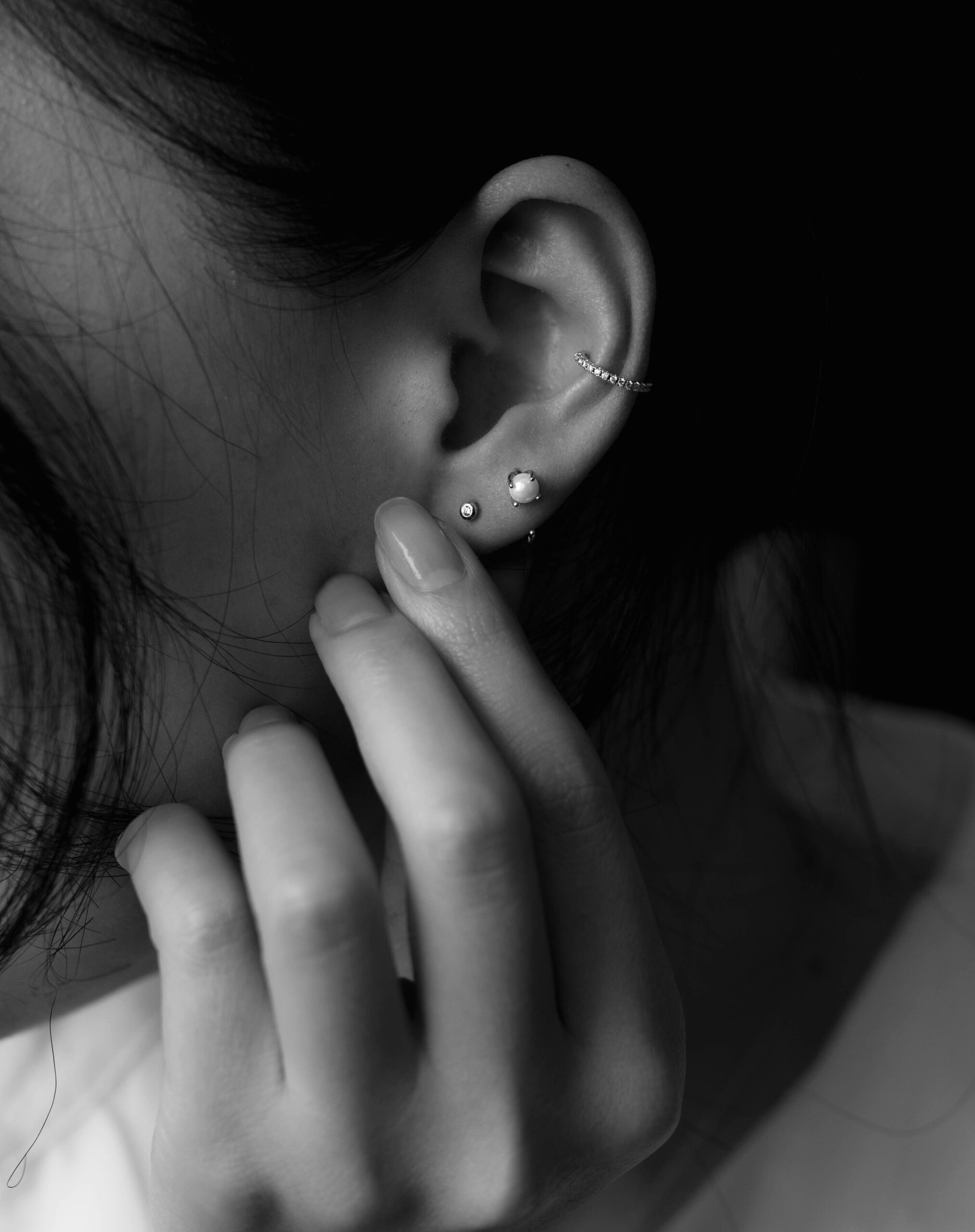

Spiral Thigh Lift: The Comprehensive Guide to Tighter, Smoother Legs
Aging, weight loss, and gravity can take a toll on the body — especially on the thighs, where the skin […]
Otoplasty, commonly referred to as ear surgery, is a cosmetic procedure designed to alter the shape, position, or size of […]

Otoplasty, commonly referred to as ear surgery, is a cosmetic procedure designed to alter the shape, position, or size of the ears. It is often sought by individuals who are self-conscious about their ears’ appearance, whether due to being overly prominent, asymmetrical, or misshapen. This detailed guide explores otoplasty, its procedures, recovery times, risks, benefits, and other essential information for potential patients.
Otoplasty is a surgical procedure aimed at improving the appearance of the ears. It can address various issues, such as protruding ears, large or asymmetrical ears, and deformities caused by injury or congenital conditions.
As with any surgery, otoplasty carries some risks, including:


The cost of otoplasty varies based on factors such as the surgeon’s expertise, geographic location, and the complexity of the procedure. Generally, the cost ranges from $3,000 to $5,000 in the United States. It’s important to note that cosmetic otoplasty is typically not covered by insurance.
Post-surgery medications typically include:
Plastic surgeons emphasize the importance of choosing a qualified and experienced surgeon for otoplasty. They highlight the necessity of understanding each patient’s unique needs and aesthetic goals to achieve the best results and minimize risks.
Many patients express satisfaction with their otoplasty outcomes, citing improved self-confidence and happiness with their appearance. However, the importance of realistic expectations and understanding the potential risks is consistently highlighted.


Otoplasty offers individuals the opportunity to improve the appearance of their ears, leading to enhanced facial harmony and increased self-esteem. Each type of otoplasty addresses specific concerns, from protruding ears to damaged earlobes. Understanding the procedure, recovery, risks, and benefits is crucial for anyone considering this transformative surgery. Consulting with a board-certified plastic surgeon ensures the best possible results and a satisfying experience.
1. Who is an ideal candidate for otoplasty? A1: Ideal candidates include individuals with protruding or misshapen ears, those with large or asymmetrical ears, and individuals who are unhappy with previous ear surgery results. Both children and adults can be candidates, with children typically eligible starting at age five.
2. How long does the otoplasty procedure take? A2: The surgery typically takes between 1 to 3 hours, depending on the complexity and extent of the procedure.
3. What is the recovery time for otoplasty? A3: Initial recovery involves swelling and discomfort for a few days. Most patients can return to normal activities within a week, but complete recovery, including the resolution of swelling and bruising, can take several weeks.
4. Are the results of otoplasty permanent? A54Yes, the results of otoplasty are generally permanent, provided that the ears are not subjected to trauma or injury post-surgery.
5. What are the potential risks and complications of otoplasty? A5: Risks include infection, scarring, asymmetry, and changes in skin sensation. There is also a risk of the ears reverting to their pre-surgery position if proper aftercare is not followed.
6. Will there be visible scars after otoplasty? A6: Incisions are typically made behind the ears, so any scarring is well-concealed. Over time, scars usually fade and become less noticeable.
7. Can otoplasty correct asymmetrical ears? A7: Yes, otoplasty can address and correct ear asymmetry, creating a more balanced and harmonious appearance.
8. Is otoplasty covered by insurance? A8: Cosmetic otoplasty is generally not covered by insurance. However, if the surgery is performed to correct a congenital defect or deformity caused by injury, some insurance plans may cover part or all of the cost.
9. What should I expect during the otoplasty consultation? A9: During the consultation, the surgeon will assess your ears, discuss your goals and expectations, explain the procedure in detail, and answer any questions you may have. They will also provide pre- and post-operative care instructions.
Summary